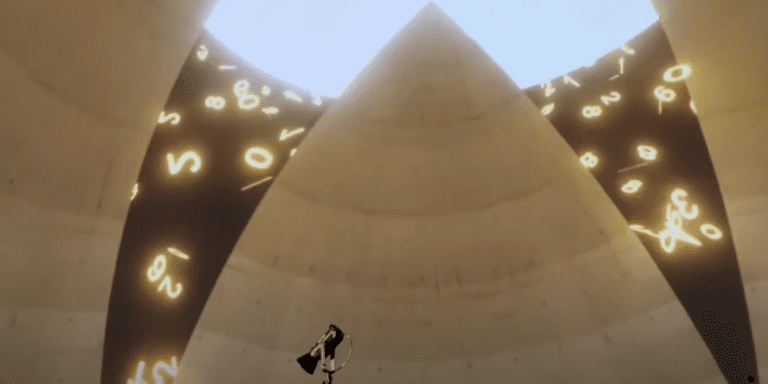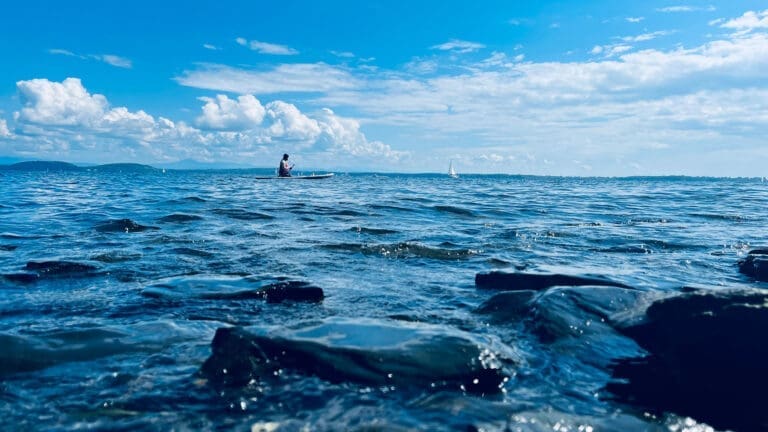Holding Pattern
Nov 1, 2016
Our team is in a holding pattern. After completing all our survival training last week and double checking our gear this week, we have been waiting for the weather on the Ross Ice Shelf to clear. Once it clears, an advance team will go out to establish the layout of the camp, set up the science and the food tents, and to groom the runway for our ski planes called “Twin Otters.” We’ll fly out 2-3 days after to set up our tents and get to work.
My team will be pulling seismometers out of the ice shelf. These instruments have been collecting data on the shelf’s movement over the last 2 years. I am along for the ride to document their work, to write some music, and to shovel lots of ice and snow.

So, while I wait, here is a little background information for the next round of blogs…
The Ross Ice Shelf is the largest floating ice sheet in the world…about the same size as France. The ice runs about 1500 ft. thick. Northern sea waves apply pressure to the shelf and create waves in the ice itself. The average range of motion is about 10 inches. While that may not seem like much for an area the size of France, it is enough to drive cracks through the shelf that eventually cause it break apart. A tsunami wave can produce much more dramatic bending of the shelf and cause much more damage. Since these waves are caused by weather patterns elsewhere on the planet, there is a potential link between climate change and wave stress on the shelf. For a full explanation of the science behind my expedition, check out the work of my colleague Dr. Peter Bromirski at https://scripps.ucsd.edu/centers/iceshelfvibes/
Our camp is called “Yesterday Camp.” It is located across the International Date Line from McMurdo Station, so once we arrive at camp, we will lose a day. This is complicated by the fact that all of Antarctica is designated a single time zone. Therefore, we will be in the same time zone as McMurdo but not the same day.








